GENERAL DATA
Plant parts: Flowers
Cultivation mode: Cultivated
In manufacturing: Pharmaceutical, dyeing industry, flavoring, beverages, alcoholic drinks, cosmetics, extract.
In food: Dessert, syrup, herbal tea, jam.
🌺 Industries That Use Hibiscus Flower (Hibiscus sabdariffa L.)
The deep red calyces of Hibiscus sabdariffa—commonly referred to as hibiscus flowers—are rich in anthocyanins, vitamin C, organic acids, and polyphenols. Known for their tangy, cranberry-like flavor, hibiscus flowers are widely used in functional foods, nutraceuticals, cosmetics, and natural dyes, with a strong global presence in both traditional and modern wellness systems.
1. Food & Beverage Industry
One of the primary markets for hibiscus is the beverage sector, due to its striking color and tart taste.
Applications:
-
Popular in herbal teas, both hot and iced (e.g., “Agua de Jamaica” in Latin America)
-
Added to functional drinks, flavored waters, and fermented beverages (kombucha)
-
Used in jams, sauces, and culinary syrups for desserts and savory dishes
✅ Available in whole dried calyces, powder, and liquid extracts
2. Nutraceutical & Herbal Medicine Industry
Hibiscus is rich in bioactive compounds that support cardiovascular and metabolic health.
Applications:
-
Used to help manage blood pressure and cholesterol
-
Featured in weight management, antioxidant, and detox formulas
-
Found in capsules, tinctures, and standardized extracts
✅ Contains hibiscus acid, flavonoids, and anthocyanins
3. Cosmetic & Personal Care Industry
Its antioxidant and astringent properties make hibiscus useful in skin and hair care.
Applications:
-
Used in anti-aging serums, cleansers, and masks
-
Added to hair rinses and shampoos for scalp balance and shine
-
Sometimes featured in natural lip balms and bath soaks
✅ Known as “botanical Botox” due to mild firming effects
4. Natural Dye & Pigment Industry
Hibiscus offers a natural source of red to purplish colorants, popular in clean-label formulations.
Applications:
-
Added to natural food dyes, cosmetics, and textile tints
-
Preferred for acidic environments (e.g., vinaigrettes, fruit drinks)
-
Used in artisanal soaps and organic paints
✅ Water-soluble anthocyanins provide vivid hues in cold processes
5. Traditional & Ethnic Medicine Systems
Used for centuries in Ayurvedic, African, Middle Eastern, and Latin American folk medicine.
Applications:
-
Prescribed for cooling the body, hydration, and liver support
-
Known in Unani medicine as a heart tonic and blood purifier
-
Served during fasting periods for rehydration and digestive aid
✅ Often combined with Cinnamon, Clove, or Mint
6. Functional Food & Supplement Formulation
An emerging ingredient in modern functional food products.
Applications:
-
Added to healthy gummies, nutrition bars, and vegan desserts
-
Used in electrolyte mixes and herbal powders
-
Incorporated in superfood drink mixes for flavor and antioxidant benefits
✅ Highly adaptable across powdered and liquid functional formats
✅ Summary of Key Applications
| Industry | Common Uses |
|---|---|
| Food & Beverage | Herbal teas, juice blends, sauces, syrups |
| Nutraceutical | Blood pressure, antioxidant, weight support supplements |
| Cosmetics | Firming skincare, astringent toners, scalp care |
| Natural Dyes | Red-purple food and cosmetic colorant |
| Traditional Medicine | Heart health, hydration, liver tonic |
| Functional Foods | Drink mixes, gummies, bars, detox blends |
🌟 Key Features
-
Rich in anthocyanins, vitamin C, and hibiscus acid
-
Tart, cranberry-like taste with vibrant red color
-
Known for blood pressure support, anti-aging skincare, and cultural heritage use
-
Available as dried calyces, powder, extract, and concentrate
-
Popular globally from West Africa to India, Mexico, and the Middle East
🌱 Industries That Use Hibiscus Seeds (Hibiscus sabdariffa L.)
While the vibrant calyces of Hibiscus sabdariffa are widely recognized, the seeds—harvested after the flower matures—are gaining attention for their nutritional, medicinal, and industrial potential. Rich in plant protein, essential fatty acids, and antioxidants, hibiscus seeds are used in functional foods, nutraceuticals, cosmetics, and agricultural applications.
1. Nutraceutical & Functional Food Industry
Hibiscus seeds are a nutrient-dense ingredient used in modern wellness products.
Applications:
-
Ground into protein-rich flours or powders for smoothies and bars
-
Added to digestive fiber blends and weight-management formulas
-
Featured in cholesterol and cardiovascular supplements
✅ Contains linoleic acid, oleic acid, and tocopherols (vitamin E)
2. Cold-Pressed Oil & Cosmetic Industry
Hibiscus seed oil is valued for its moisturizing and regenerative properties.
Applications:
-
Used in facial serums, lip balms, and anti-aging creams
-
Found in hair oils and conditioners for nourishing dry scalp and split ends
-
Helps with skin elasticity and moisture retention
✅ Rich in omega-6 & omega-9 fatty acids, phytosterols, and vitamin E
3. Food & Beverage Industry (Emerging Use)
Though less common than the flower, the roasted or powdered seeds are entering the specialty food space.
Applications:
-
Incorporated into protein-rich baked goods, crackers, and seed mixes
-
Roasted seeds consumed as a snack in some African regions
-
Ground for nutritious porridge or added to cereal blends
✅ Gluten-free, high-fiber alternative with a nutty, earthy taste
4. Animal Feed & Agricultural Use
The high-protein seedcake left after oil extraction is used in sustainable animal nutrition.
Applications:
-
Used as a feed additive for poultry, goats, and cattle
-
Offers a natural protein and lipid source for livestock
-
Also tested in organic aquaculture diets
✅ By-product of oil pressing; reduces agricultural waste
5. Ethnobotanical & Traditional Use
In various cultures, hibiscus seeds have been used in local medicine and food systems.
Applications:
-
Used as tonics for heart and liver support
-
In some African traditions, considered beneficial for fertility and general vitality
-
Ground seeds used in diuretic or cleansing infusions
✅ Often consumed as part of folk recipes in West Africa and Southeast Asia
✅ Summary of Key Applications
| Industry | Common Uses |
|---|---|
| Nutraceutical & Functional Food | Protein powders, cholesterol support, weight formulas |
| Cosmetic & Skincare | Facial oils, anti-aging creams, hair serums |
| Food Industry | Roasted seed snacks, seed flour, healthy baking |
| Agricultural & Feed | Sustainable feed for livestock and poultry |
| Traditional Use | Liver/heart tonic, fertility support, folk nutrition |
🌟 Key Features
-
High in plant-based protein and essential fatty acids (omega-6, omega-9)
-
Source of vitamin E, phytosterols, and antioxidants
-
Used for cold-pressed oil, seed flour, and functional supplements
-
Eco-friendly ingredient with zero-waste potential
-
Gaining interest in clean-label, vegan, and sustainable wellness sectors
🌺🌱 Comparison: Hibiscus Flower vs. Hibiscus Seeds
Hibiscus sabdariffa L.
| Aspect | Hibiscus Flower (Calyces) | Hibiscus Seeds |
|---|---|---|
| Botanical Part | Fleshy red calyx surrounding the seed pod | Seeds formed inside the pod after flowering |
| Color & Taste | Deep red color, tart/cranberry-like flavor | Pale to brown, nutty/earthy taste |
| Key Phytochemicals | Anthocyanins (e.g., delphinidin), vitamin C, hibiscus acid, flavonoids | Linoleic & oleic acids, protein, tocopherols (vitamin E), phytosterols |
| Primary Uses | Herbal teas, beverages, natural dyes, skincare, supplements | Seed oil, protein powders, skincare oil, feed, nutraceuticals |
| Traditional Use | Cooling tea, heart & liver support, digestive remedy | Tonic for fertility, vitality, food use in African medicine |
| Modern Functional Use | Detox teas, antioxidant drinks, calming skincare | Functional foods, hair & skin oils, protein and lipid supplements |
| Commercial Forms | Dried whole calyces, powders, extracts, concentrates | Whole seeds, seed oil, seed flour, pressed cake (feed) |
| Culinary Role | Infusions, syrups, jams, colorant in foods | Roasted seeds, gluten-free flour, cereal enrichment |
| Cosmetic Applications | Anti-aging masks, botanical toners, pigment for products | Emollient face oils, hair conditioning serums, vitamin E source |
| Agricultural Use | None directly | Animal feed (seedcake byproduct), aquaculture feed trials |
| Market Demand | Very high – global in teas & wellness drinks | Emerging – growing interest in oil and protein sectors |
| Sustainability Note | Widely harvested for calyces | Often underused byproduct—now gaining value in circular systems |
✅ Summary Insights
-
Hibiscus Flower is best known for its color, taste, and antioxidant content, widely used in teas, beverages, traditional medicine, and skincare.
-
Hibiscus Seeds, often overlooked, are a nutritional powerhouse—rich in plant protein, essential fatty acids, and vitamin E, now used in cosmetics, supplements, and animal feed.
-
From a zero-waste and circular economy perspective, utilizing both calyces and seeds improves the value chain of Hibiscus sabdariffa farming and processing.
HARVEST CALENDAR
Feb
Mar
Apr
May
Jun
Jul
Aug
Sep
Oct
Nov
Dec
To order dried Hibiscus flowers, please contact us.
Roselle Temperament
Cold and dry.
To order Sorrel Hibiscus sabdariffa, please contact us.





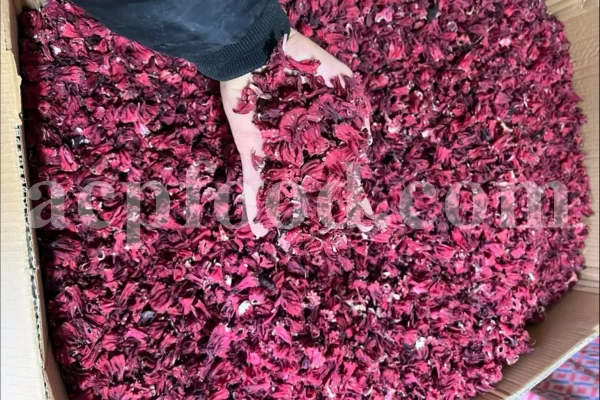
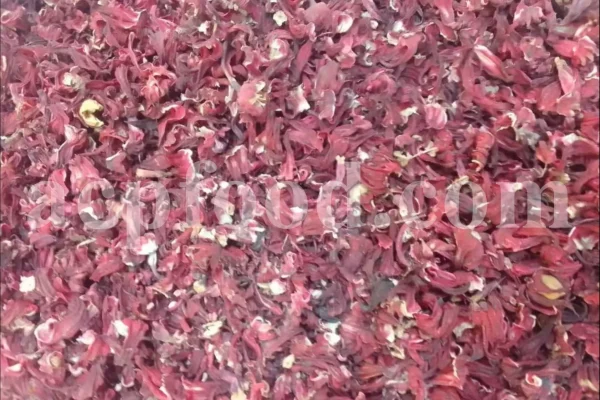

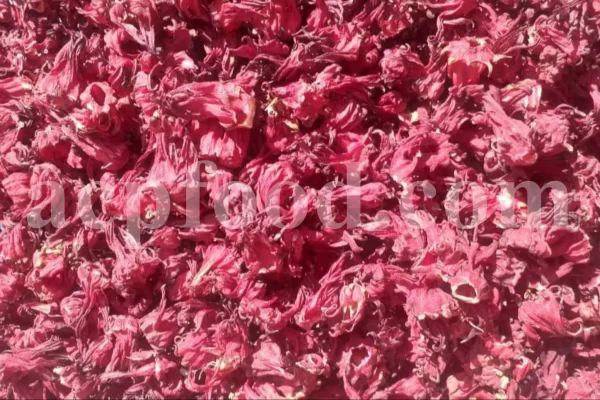


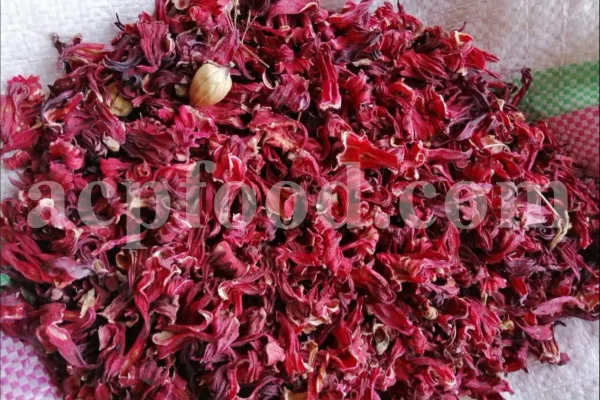
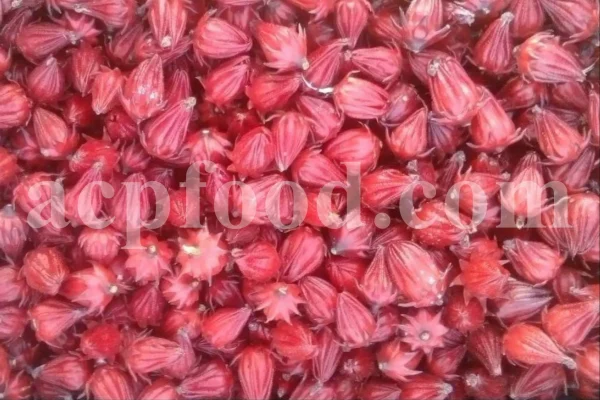
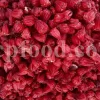
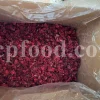
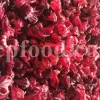
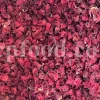
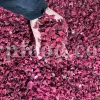


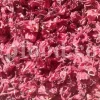
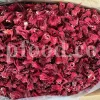
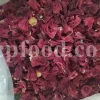


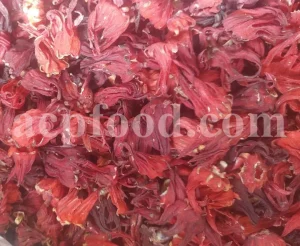
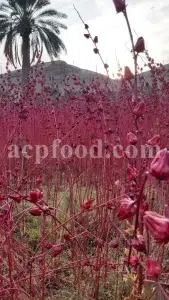
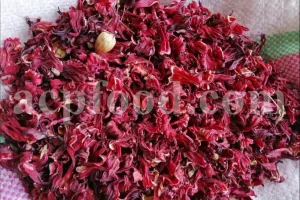
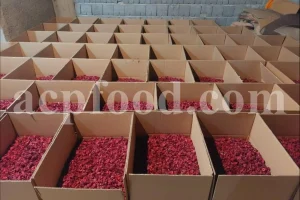
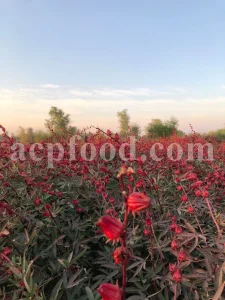
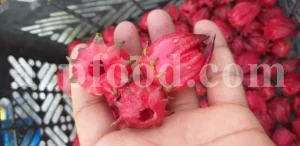
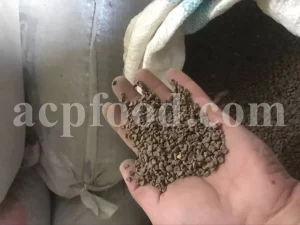
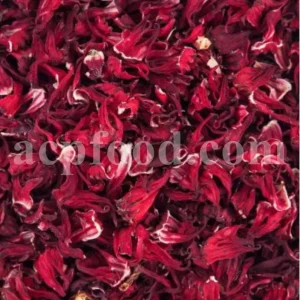
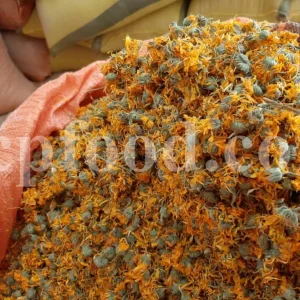
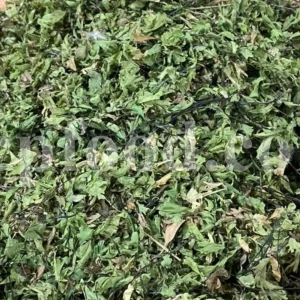

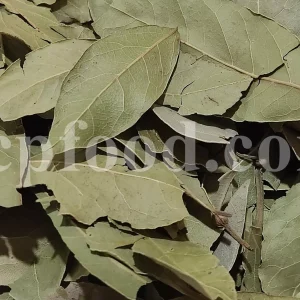
Reviews
There are no reviews yet.